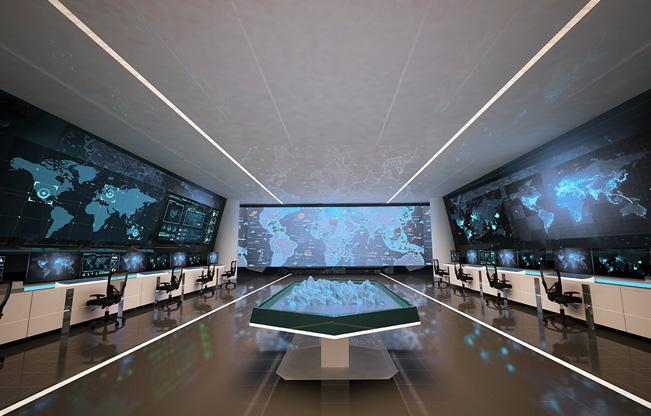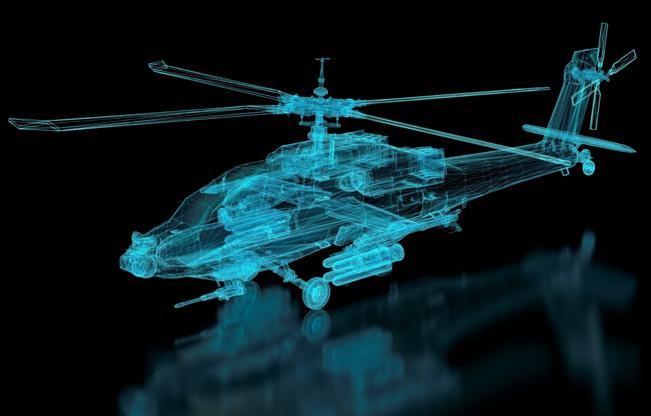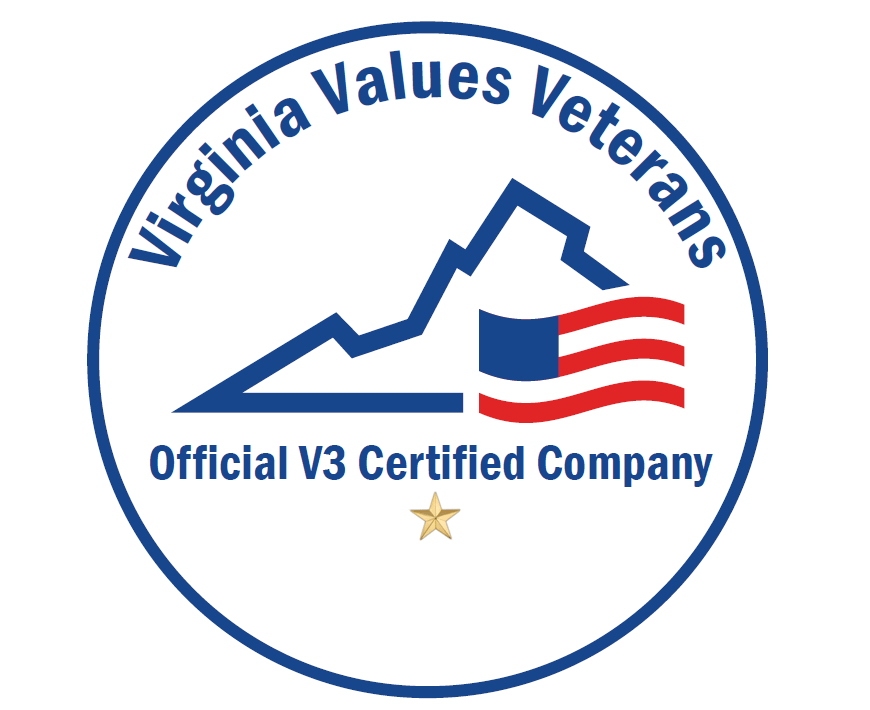Modular Open Systems Approach (MOSA)
We provide MOSA efforts across DoD programsJHNA has staff both leading and working MOSA efforts across DoD programs with key efforts focused on:
- Development MOSA strategies for programs, families of systems, and executive offices,
- Development of architectures aligned to MOSA strategies,
- Contribution of expertise in open system standards for application to MOSA acquisitions, and
- Contribution of expertise in major systems integration to guide MOSA-based product line approaches to maximize reuse across a portfolio of programs managed by an enterprise executive office.
JHNA Modular Open Systems Approach (MOSA) EXPERTISE

MOSA Strategy
JHNA has experienced staff involved in the establishment of MOSA strategies for both government and commercial clients. As an example, US Army PEO Aviation relies on JHNA subject matter experts to establish the PEO enterprise approach to modularity applicable across their portfolio of programs. This strategy guides program-specific acquisitions to ensure MOSA business and technical objectives are achieved for the enterprise, such as strategic reuse and quickly deploying common capabilities to the field. These strategies support the concept of buy once and use many times.

MOSA Architecture
Following architectural standards published by standards bodies, such as ISO, INCOSE, and IEEE, JHNA has experienced staff able to apply those standards to create architectures and architectural frameworks that an enterprise can use to achieve their MOSA business and technical objectives. MOSA architecture development led by JHNA produces processes and technical content to implement MOSA strategies for an enterprise and its subordinate programs. Examples of MOSA Architecture products either led by or involving JHNA staff are the US Army PEO Aviation Enterprise Architecture Framework, Enterprise Product Architecture, and Enterprise Technical Architecture. Similar products have been produced for commercial clients aligned to their product line strategy.

OSA Standards and Application
JHNA staff is experienced with Open System Standards, such as the Future Airborne Capability Environment (FACETM), Sensor Open System Architecture (SOSA), and contributing standards, such as Unified Modeling Language (UML) as employed by higher-level integrating standards. JHNA uses its expertise in OSA standards and applies them to support customer driven MOSA capabilities demonstrated at in-house labs, open technical conferences, and warfighting experiments, such as US Army Project Convergence.






